C4AA shook up the 2018 International AIDS Conference in Amsterdam with a pop-up Artistic Activism Accelerator.

The IAC (International AIDS Conference) is fertile ground for creative activism. The main conference is attended by over 15,000 people from around the world. It abounds with panels and sessions on HIV, hep C, and TB medicines and diagnostics, research and many other aspects of the ongoing global health crisis that surrounds HIV. However, many of the groups advocating for treatment for the most at-risk and marginalized people are relegated to the fringes of the conference. These great global advocacy groups work very hard to bring up contradictions and to challenge the funders and pharmaceutical companies to save the most vulnerable lives. There are many good intentions among the attendees at the conference, and the space is loud and raucous, and it takes something special to stand out amid the fray.
The Issues
One of the things we do at C4AA is to work closely with groups to help them with new ways to make their advocacy more effective and affective. Our goal for the IAC was to help some advocacy groups conceive of and implement actions in ways that were new to them, and to talk to them about creative tactics and strategies, so that artistic activism will be something they can use beyond the IAC, in their ongoing advocacy work around the world.
Starting a few months before the IAC, we worked closely with the advocacy groups, especially the amazing Annette Gaudino and Bryn Gay of Treatment Action Group (TAG). They gave us the lowdown on the ins and outs of the HIV/AIDS, hep C, and TB problem areas. TAG asks questions around why pharmaceutical companies withhold medicines to treat hepatitis C from the poorer countries in the world, among other issues. Hepatitis C kills many people with HIV, and these linked diseases, along with TB (which kills more people with HIV than any other coinfection), are part of the health epidemic that overwhelmingly kills women, girls, young men of color who have sex with men, people who use drugs, people living in poverty, rural people and sex workers. The pharmaceutical companies, meanwhile, are making millions and keeping medicine from the people who need it most, because the profit margins in low- and middle-income global South countries are smaller. And the big funders in the HIV/AIDS world often fund the sexier (more profitable) projects, like research to find a cure for HIV, while millions die from co-infections of HIV, hep C and TB – people who could be treated by medicines already available but simply too expensive.
This is where we came in, helping advocacy groups to ask critical questions and get vital messages heard in unexpected ways.
These issues are complicated! We helped the groups focus on 5 main objectives for the conference, tied to their longer-term campaigns. We talked about audiences for these objectives – funders, pharmaceutical companies, scientists, other activists, etc.
Then we brainstormed tactics. Oh boy did we brainstorm tactics. Steve Lambert’s brain was particularly stormy for weeks. Some of the ideas that didn’t make the cut involved an entire fake fantasy conference and hostage negotiation.
With our objectives and a set of tactics figured out, we set to work building and designing at home. By the time we left for Amsterdam, we had a few crates worth of suspicious-looking electronics and snarky false conference gear.In Amsterdam, we set up shop at a workshop space in the NDSM wharf area north of the city, and much sawing and drilling later, had a full suite of actions to roll out for the conference.
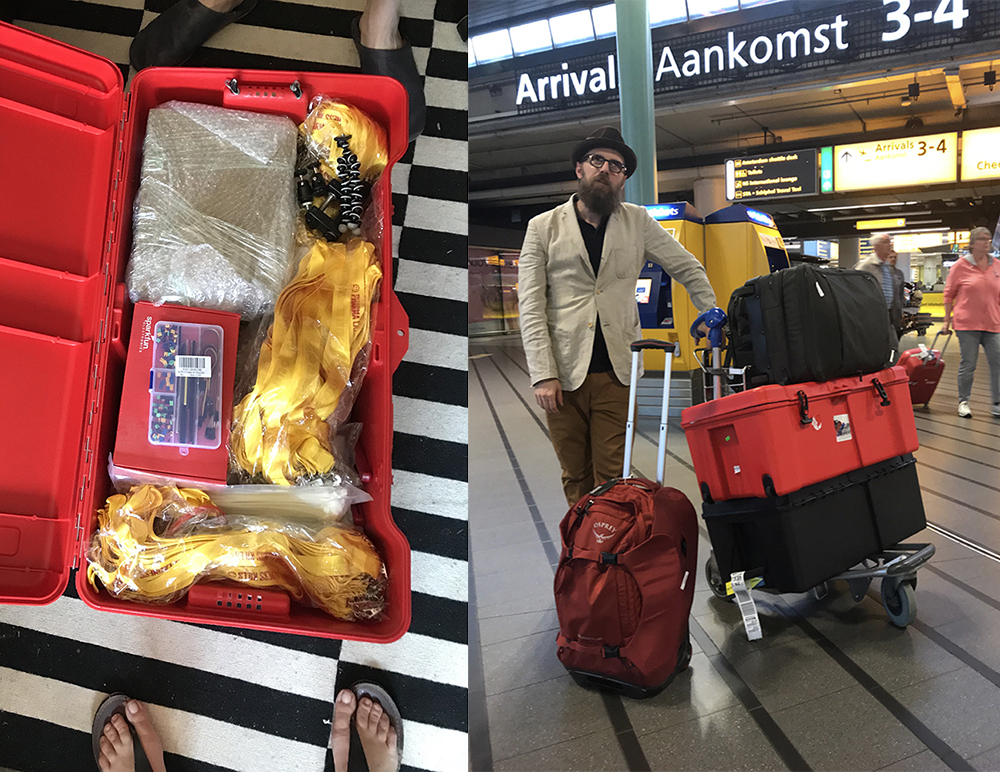
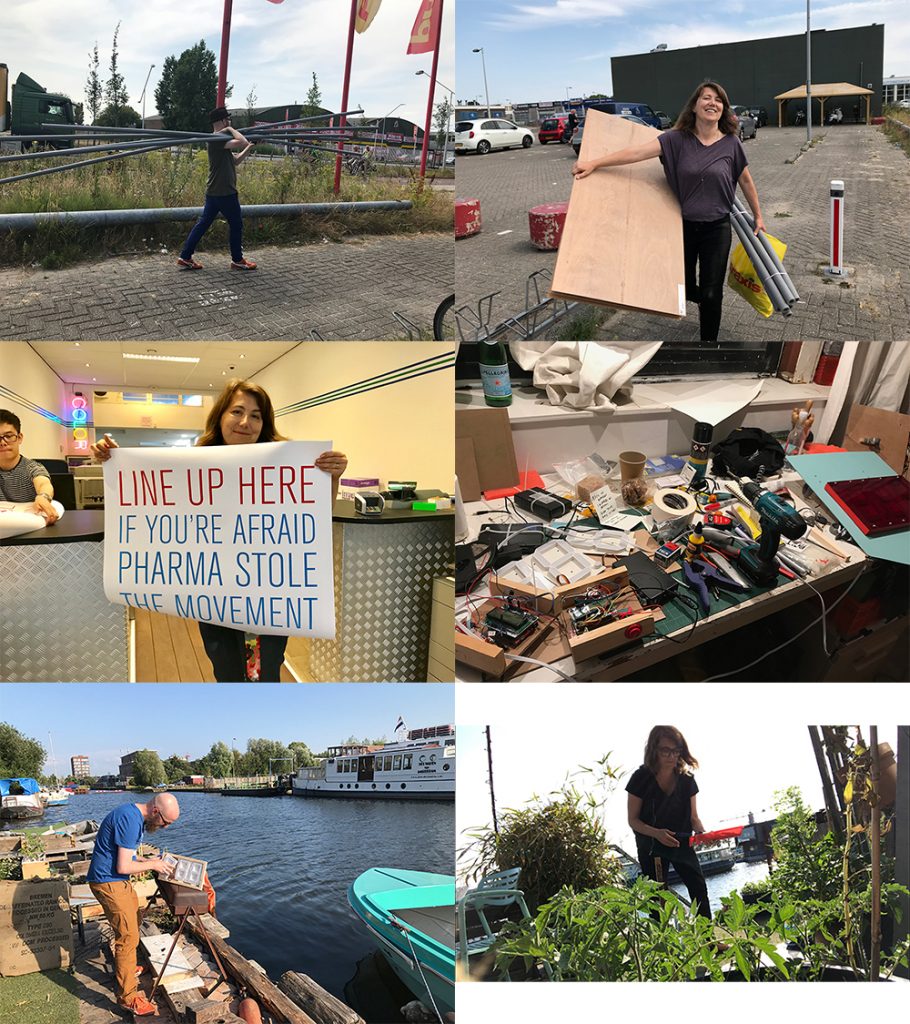
Here are some of the actions that we helped conceive of and implement using essential lessons we talk about in our trainings.

The Registration Desk was an intervention just outside the main entrance to the conference invited people to register, but instead of conference registration, it was an invitation for the pharmaceutical companies to register in the countries where they are not making their life-saving hepatitis C cure accessible to people who need it most. This was a clever way of drawing people into in-depth conversations about solutions to the problem. Imagining for a moment that there could be an official conference area to help pharmaceutical companies right a wrong they’ve created. We gave out hundreds of lanyards that said “Pharma Laziness Kills”, which became very popular throughout the conference. We talked with TAG about using this phrase over the more common “Pharma Greed Kills” – laziness is more of a conversation starter, and the smiley face helps. Laziness is seen at all stages of drug development: big pharma has abandoned R&D for M&A (why discover new medicines when you can just buy them from start-ups doing the actual work?), slow to come to the negotiating table and make volume based deals, slow to create voluntary license schemes (it’s almost as if they don’t want to go to the trouble of making money in developing countries), and slow to register their drugs in countries covered by the voluntary license.
CREATIVE ACTION LESSON #9:
Know your terrain and use it to your advantage. Understand and use the local culture and context (in this case, the culture of international conferences, lanyards and all).
CREATIVE ACTION LESSON #12
Be relatable and inviting. Invite people in rather than yell at them with a bullhorn. Invest in one-on-one conversations around complex information.
CREATIVE ACTION LESSON #43
Defy expectation.
CREATIVE ACTION LESSON #27
If you’re planning on tricking people, let them in on the joke quickly.
CREATIVE ACTION LESSON #7
Imagine winning and work backwards.

The Double Doors was an intervention we built especially for this conference. The doors are placed right outside a huge conference room, and attendees at a session must walk through one of the two doors. In doing so, they register a vote. In this case, they were indicating whether they think funders or pharmaceutical companies are more responsible for the ongoing health epidemic. The intention here was to bring up some essential questions and problem areas that are often not fully addressed in the official conference panels. The doors sparked in-depth conversations while also feeling light and carnivalesque. Other advocacy groups picked up on the door action and used it to reinforce their messages. The nature of their construction meant that this 8’x8’ interactive prop could be broken down and transported by two people, and easily changed to feature new questions / prompts. We weren’t sure we could bring the structure into the official conference space, but we were able to put the security guards’ fears to rest. We’ll definitely use this again somewhere, and if you’re interested in the designs, let us know and we’ll share them – including both the PVC structure and the electronics for the numbers and sonar-based interactivity.
CREATIVE ACTION LESSON #4:
Interactivity works best when it’s fun and easy. This doesn’t mean it can’t also be hard-hitting.
CREATIVE ACTION LESSON #24:
An action is not a precious piece of art in a gallery. Make it light, transportable, quick to set up, and always have a backup plan in case it doesn’t work.
CREATIVE ACTION LESSON #47:
Put security guards and others at ease and help them feel in control and alleviate their fears.
CREATIVE ACTION LESSON #34:
Find clarity. Activists are often so in the weeds of their issue, and it helps immensely to remember and use the essential questions at stake.
LIFE LESSON:
When working with technology, always have a backup plan. (Happily we learned this lesson many years ago, and so we did have a manual override when one of the sensors got confused by the weird corporate lighting).
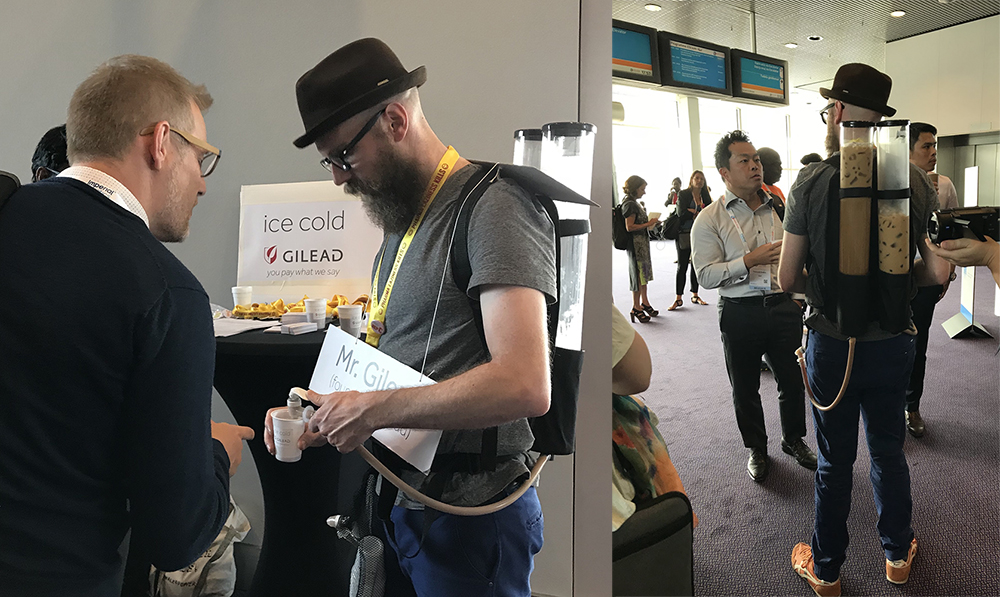
Gilead Coffee and Job Fair was a mobile coffee serving station, where a cup of coffee sold for anywhere between $300 and $84,000, depending on your country of origin. These prices are related to what the pharmaceutical giant Gilead charges for drugs. “Mr. Gilead” (Steve L) was generous enough to give many samples for free, and hundreds of great conversations ensued. People were also offered jobs at Gilead, since Mr. Gilead realized the current pharma staff has been sleeping on the job and not getting their medicines to people who need it. Quite a few people actually filled out the fake application and left it with the real Gilead reps.
CREATIVE ACTION LESSON #2:
Generosity can work better than confrontation. Offering things immediately changes your relationship with your audience and can be a gateway to meaningful exchanges.
CREATIVE ACTION LESSON #42:
Some actions work well with three levels of interaction – the most basic being a highly visual/performative piece that people understand immediately, the second can be something like conversation that gets at meatier issues, and a third can be something that takes longer to digest (like our job application).
CREATIVE ACTION #25:
Performance matters. One charismatic funny person who can play a role can be more impactful than the biggest protest. Find this person or become this person for your action.
More Actions
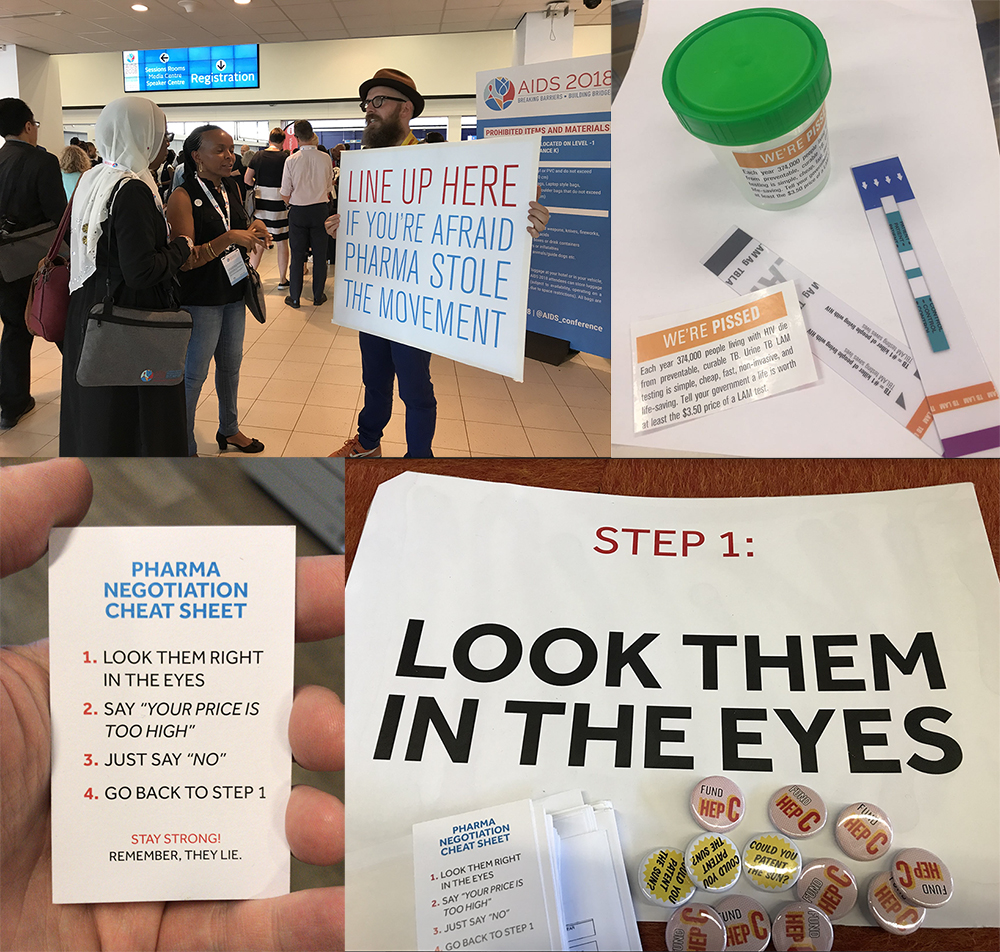
There was more: The “Line Up Here…” sign, The Price Negotiation Class, buttons, the ‘urine test’ lemonade stand, etc… The LAMonade stand led to conversations with at least 3 national ministers of health on procuring TB urine tests. Let us know if you’d like to know more and we’d be happy to share. In addition to these and other actions that we designed and consulted on, we also met with groups to talk about creative activism as part of their longer-term strategy and planning. We heard from many groups and individuals that they see a need for creative actions, not only because they are effective and memorable, but also because of burnout among activists, especially those dealing with this scale of deaths, is a problem, and creative activism can combat that.
We were so pleased to be able to work with some of our alumni at the conference, too.
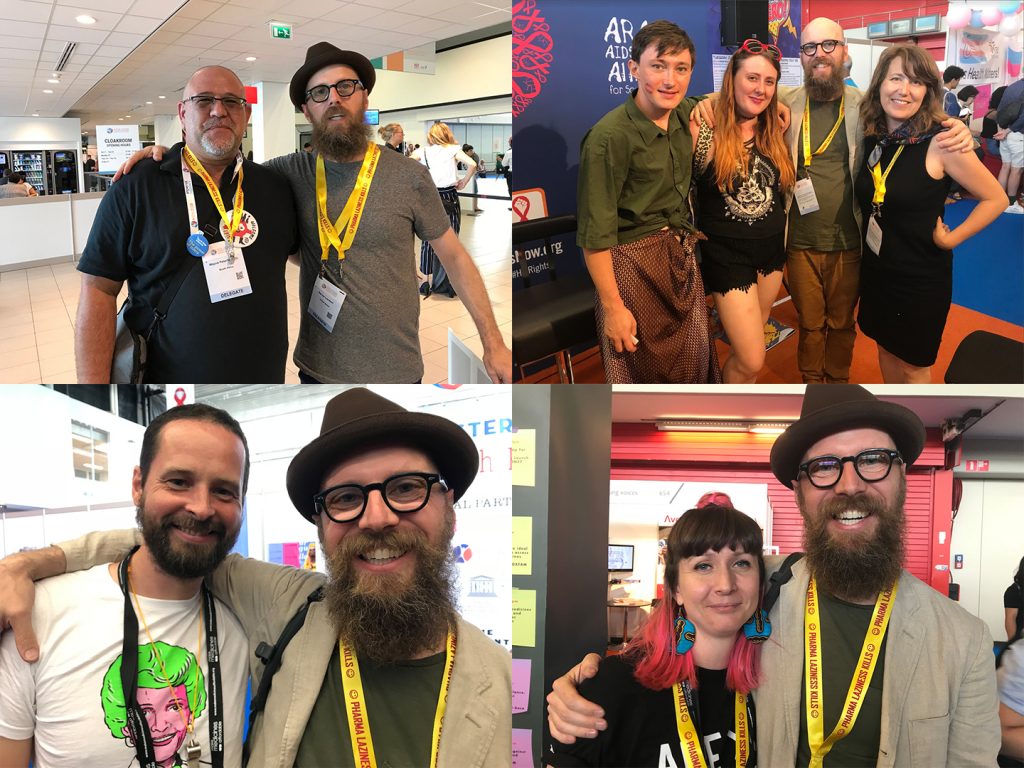
Wayne Helfirch, AAA South Africa Alumni. Here is some past work he did advocating for sex workers be able to receive oral antiretrovirals (ARVs).
Lotti Rutter, Diarmaid McDonald and their fantastic allies including ITPC, Treatment Action Campaign, Health Gap, TAG, Just Treatment and others coordinated an action called the Bad Pharma Tour that was a huge presence and directly confronted the pharmaceutical companies in a creative, fun, participatory way. The Price Negotiation Class we did became part of the Tour – the kind of good ad hoc collaboration that can make these advocacy moments all the more effective.
Dublin Art Action Academy alumni Alex Etchart and Siobhan Knox of the Sex Workers Opera. We were fortunate enough to see the show as well – we can’t recommend it enough. Sex Workers Opera is an absolutely fantastic example of creative activism and we’ve seen it evolve over the past couple of years into a really interesting, entertaining, thought-provoking work of advocacy and art.
CREATIVE ACTION LESSON #53:
Drafts and iterations are critical to making great actions.
CREATIVE ACTION LESSON #17:
Make sure you and your compatriots are having fun.
Onward and upward
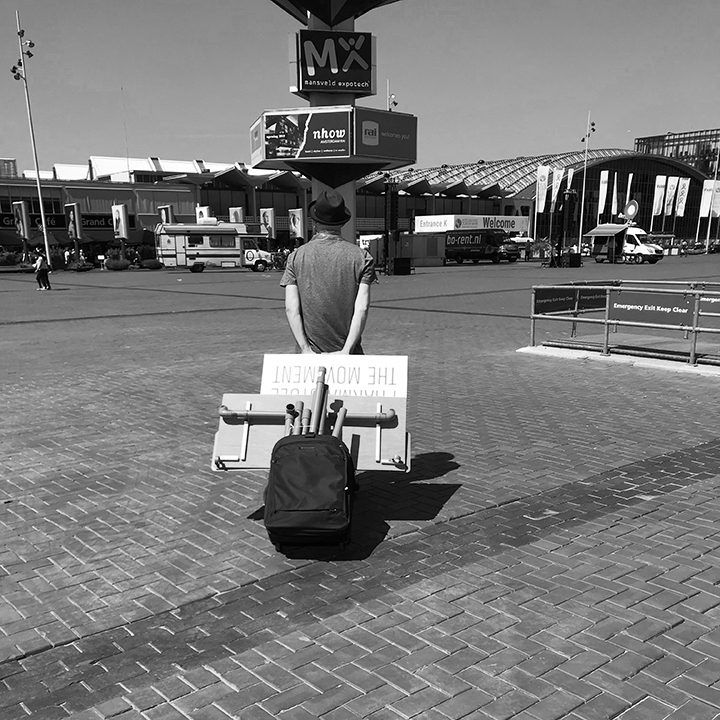
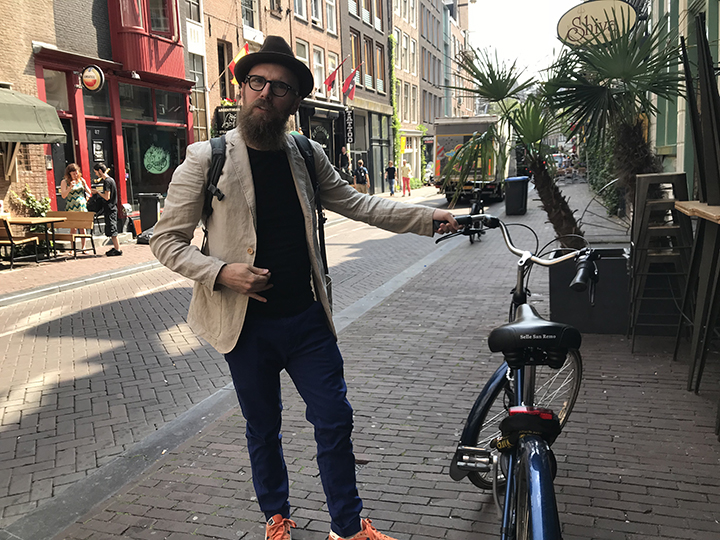
We love this kind of intensive creative action implementation and on-the-ground training for activists.
In these kinds of big conferences and events, activists and advocacy groups can rely on standard confrontational tropes to attract attention, but these confrontations are often expected and immediately shut down, or simply ignored.
There are creative activist techniques that can cut through the clutter by surprising and delighting people, and inviting audiences to participate rather than roll their eyes.
The work these amazing activists are doing every day is critical, and exhausting, and we love to to help them find new ways to do their work so that it’s more impactful and fun. If you work for an advocacy group and you’re planning a big intervention, let us know. We’d like to help.
If you like this work, and would like to support us doing more of it in the future, consider donating.




You must be logged in to post a comment.